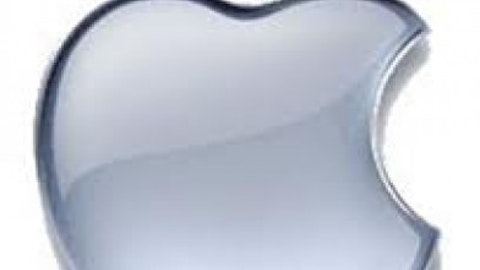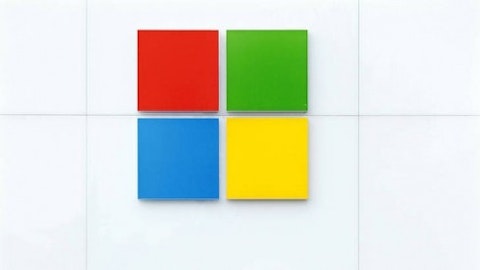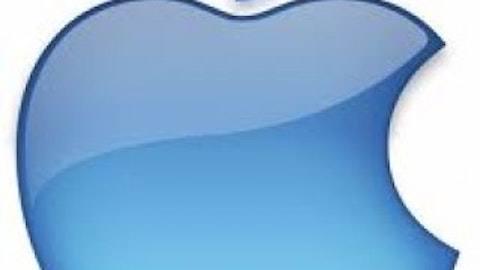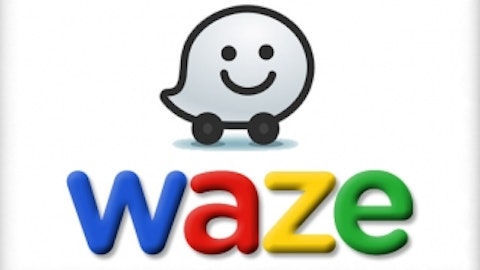Yesterday at the Worldwide Developers Conference (WWDC) 2013 keynote, Apple Inc. (NASDAQ:AAPL) CEO Tim Cook revealed one of the most significant revisions of iOS ever. The update, due to be released in the fall, includes a massive visual revamp. With Apple industrial designer Jonathan Ive in charge of the new version, iOS is cleaner, simpler, and “flatter.”
But what does the overhaul mean for Apple’s revenue? After all, WWDC is a conference for developers, not consumers. Will phone buyers care about Jony’s gorgeous new revision of iOS?
Apple Inc. (NASDAQ:AAPL) has been resting on its laurels when it comes to many of the base features of iOS. Sure, it’s created new features and software like Siri and the notorious Maps app. But the basics were the same. Apple’s attitude toward iOS mirrored their attitude toward the iPhone in general: We got it right the first time; we don’t need to make any big changes.
But the era of Tim Cook has seen the first cracks in that confidence with the introduction of the iPhone 5 and its larger screen. The 3.5 inch screen Steve Jobs had deemed perfect got stretched to 4 inches. And with the iPad Mini, Apple shrunk its hefty tablet to match competitors, again against the posthumous wishes of Jobs. The point is that Apple is looking outside of itself more than ever. The post-Jobs Apple is no longer invincible, and Cook understands that to compete with the ascendant Android, Apple needs to give a bit.
The new operating system contains a handful of major concessions. For one, Apple Inc. (NASDAQ:AAPL) has created a true quick access panel for settings where you can access the camera, flashlight, Bluetooth, WiFi, and more with one swipe. The menu that previously held five buttons now holds 16, a step backward for simplicity perhaps, but a step forward for functionality. Secondly, the lock screen and Notifications Center have been overhauled, with many new options available for both. Again, the trade-off is simplicity for functionality. Now you can deal with notifications straight from the lock screen.
The significant thing about many of these changes is that they simply mirror what is currently available for Android. Of course, they have been Apple-ified and (arguably) improved. But in some ways Apple Inc. (NASDAQ:AAPL) is playing catch-up for some of the existing Android functionality.
As I’ve written in the past, I do think that implementation of features is much more important than the features themselves. For example, I don’t think that most consumers toggle their Bluetooth or WiFi enough to care about the new Control Center. However, I think what this iOS upgrade shows us is a strategic Apple. They are going back to the drawing board to fortify their current strengths.
I think it’s a smart long-term move that may hurt them a bit in the short-term. After trading up a bit during the keynote, Apple Inc. (NASDAQ:AAPL) stock was down. Without an easy-to-digest update like a new iPhone or iPad, investors may be worried anew that Apple has lost its edge. But I think iOS shows a smarter, more realistic company that is ready to face its competitors on the new playing field.
Google and Microsoft
So what does the new iOS mean for Apple Inc. (NASDAQ:AAPL)’s two biggest competitors?
For Google Inc (NASDAQ:GOOG), it means some pats on the back. After playing catch-up for years, Android has now seen a significant number of its features borrowed by iOS. One might argue that the market is now truly competitive, with the rivalry driving both companies to innovate and improve upon one another’s innovations.






